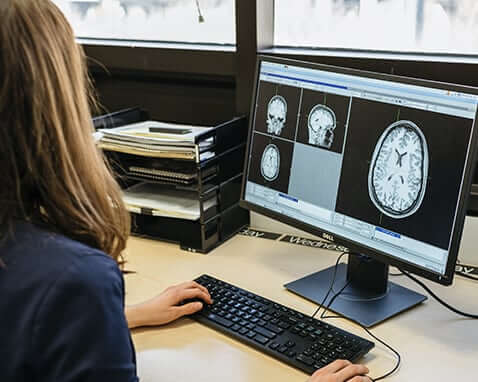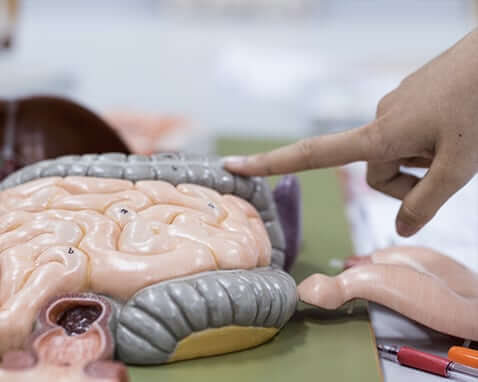Pain Research in Minority Populations
UAB has multiple current studies examining how pain affects underserved minority populations often marginalized by social conditions. Research shows that ethnic/racial minorities, LGBTQ+, refugees, immigrants, those living with mental health challenges, and people marginalized by social conditions (e.g., low socioeconomic status) often experience the most frequent, severe, and disabling chronic pain. Ongoing efforts are trying to figure out why this is.
View Ongoing StudiesPain Clinical Intervention Studies
Pain clinical studies refer to studies designed to advance and promote the understanding of analgesic effects (pain relief) resulting from treatments for pain. These treatments may include medicines or other techniques believed to relieve pain or help people better cope with pain. UAB currently has clinical trial studies examining pharmacological and non-pharmacological treatments for various chronic pain conditions.
View Ongoing StudiesPain and Neuroinflammation Research
Inflammation in the brain and spinal cord has been shown to promote chronic pain. This is thought to be because inflammation sensitizes the nervous system to experience high levels of pain, even when the injury is minor. New treatments for inflammation are being explored as a means of treating chronic pain. There is a very cutting-edge laboratory at UAB that uses neuroimaging, pharmaceutical, and immunological techniques to better understand how inflammation affects our bodies and minds.
View Ongoing StudiesVisceral/Pelvic Pain Research
Visceral pain is pain that results from the activation of pain receptors located on organs in the chest, abdomen, and pelvis. Researchers at UAB are also very interested in better understanding pain conditions that affect people’s internal organs. For example, interstitial cystitis is a chronic urological disorder that affects the urinary bladder. Common symptoms include urinary urgency, increased urination frequency, and pelvic pain that worsens over time.
View Ongoing StudiesBasic Mechanisms of Pain
Basic science most often refers to the use of animal models (or related cells and tissues) to better understand the anatomy and physiology related to the experience of pain, and the transition from acute to chronic pain. UAB also has a flourishing program of basic science pain research dedicated to development of transgenic mouse models as tools of pain research and research related to chronic overlapping pain conditions.
View Ongoing Studies



